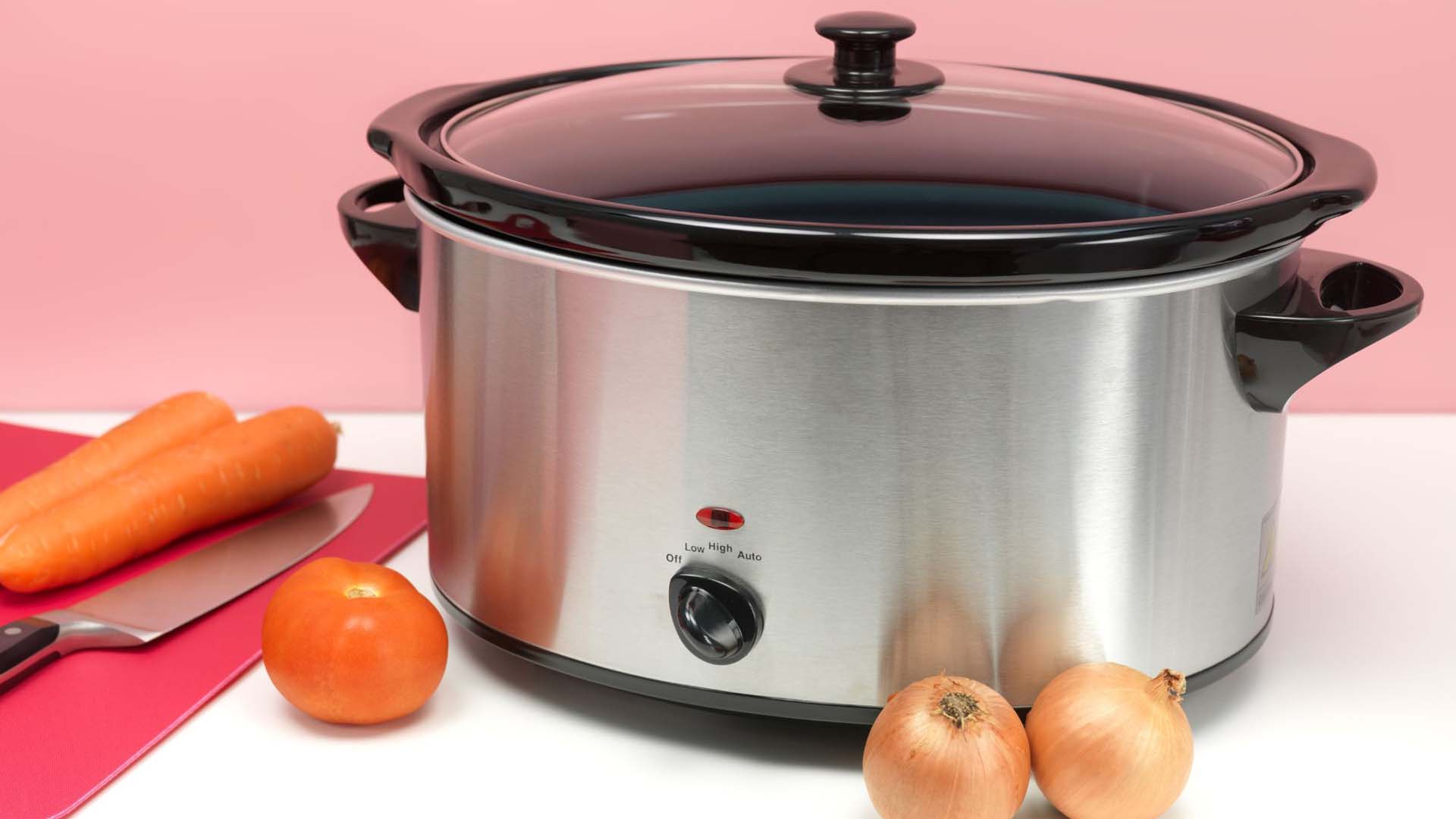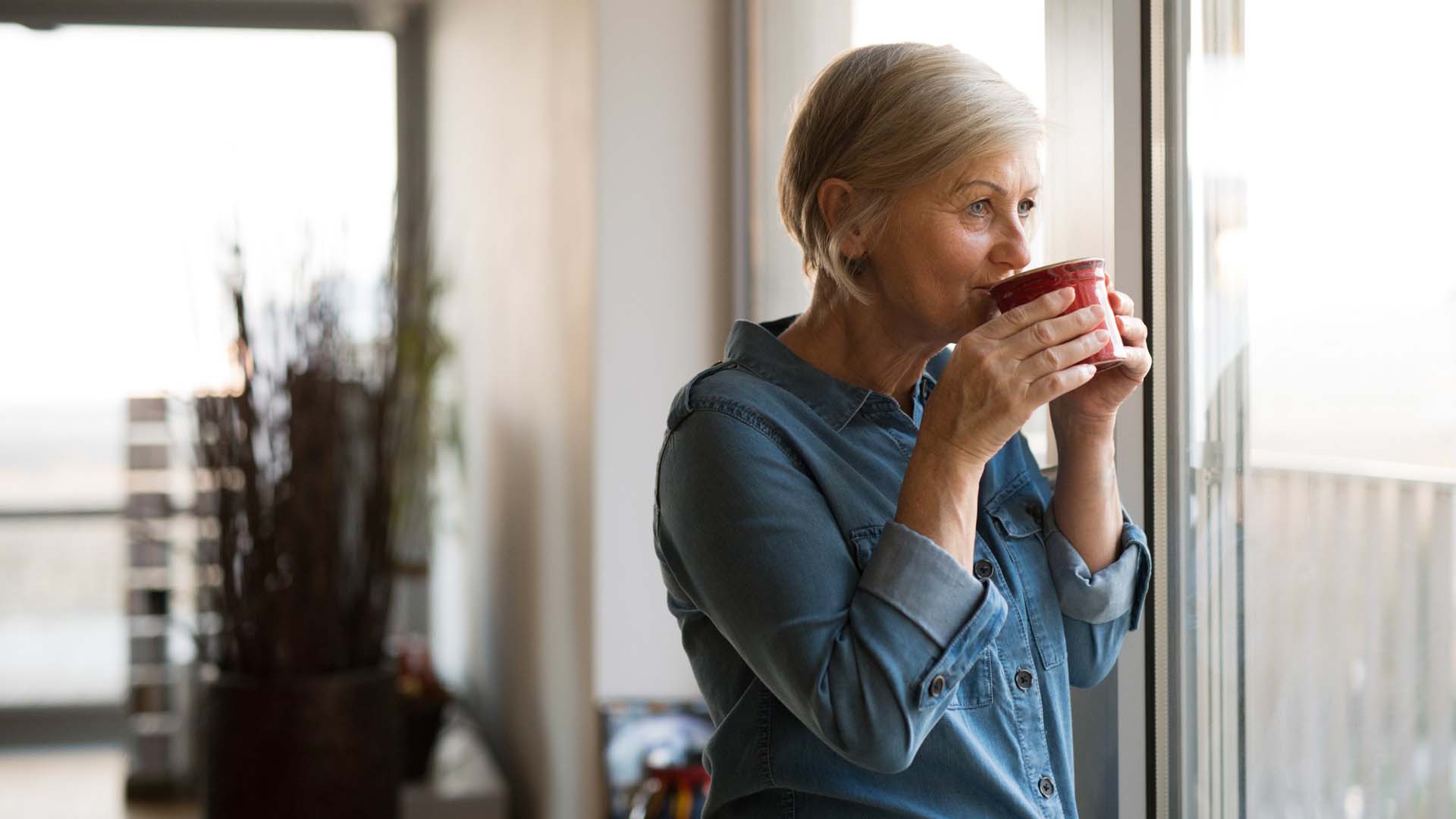
Do you love the taste of a freshly brewed coffee in the morning, but hate the cost of buying it from a coffee shop every day?
With the average cost of a high street takeaway latte at £3.40 in 2024, it can soon add up if you have a daily caffeine habit. And with the cost of everything else going up, perhaps it’s time to take that coffee habit home?
If you’re used to a barista brew, though, an instant coffee just isn’t going to cut it, especially if you like a milky drink such as a latte or cappuccino. This is where coffee machines can be a great way of saving money – but is it a false economy to invest in one? We asked the experts for their opinion.
Obviously, the savings you can make by brewing your own coffee at home will vary depending on how often you indulge in a takeaway coffee. William Hobbs, sustainability and recycling expert at Myjobquote.co.uk, believes if you have a daily coffee habit, homemade coffee is the way to go when it comes to saving cash. He says:
“If you buy a coffee for around £3.40 every weekday for a year, you’re looking at a spend of £884.”
“So a machine can definitely save you money if you’re regularly buying cups of coffee from the high street.”
And it’s not only about the price of the coffee – there’s the cost of driving to the coffee shop to be factored in, not to mention being tempted to buy other things while you’re out. There are planet-friendly savings to be made, too.
“For dedicated coffee enthusiasts, investing in a coffee machine for at home is undoubtedly a wise choice,” says Tom Hopper from Miele.
“Beyond the evident financial benefits of [avoiding] a daily coffee shop visit, with the temptation of spending money on cake too, using a coffee machine at home also significantly reduces [consumption] of disposable plastic cups.”
With so many different types of coffee machine available, if you want to save the most cash, then you need to choose wisely, advises De'Longhi UK and Ireland coffee training lead, Michael Strickland.
He says: “A pod machine, while usually low in initial cost, requires you to spend more on pods month on month, whereas a bean-to-cup coffee machine, while typically higher in price, allows you to get a cheaper price per cup (depending on what beans you choose to buy).”

Obviously, the cheapest method to brew is with a manual cafetiere or filter coffee maker. However, if you’re a milky coffee lover and enjoy frothy milk, you won’t get the satisfaction from brewing filter coffee.
All the experts we spoke to, though, said if you’re going to switch from takeaway to home-brewed coffee, it’s best to invest in a quality machine. It will not only last longer, but also give you a better tasting cup of coffee and enable you to make barista coffee at home.
“You are better off spending more on a well-built machine that lasts a long time, rather than going cheap and having to replace it every two years,” advises Rob Van Cooten, from Moccamaster.
While there’s the cost of a coffee machine to factor in, there are also everyday expenses to consider if you’re going to do a swap. Milk, electricity, water – these all add up over time.
Homes expert Camilla Sharman said: “Just as when you boil a kettle, it's worth thinking about how much water and energy you are using.
“If you have a water meter, you'll pay for the water you use, so it's worth being mindful of not making more coffee than you need – or think you need! Again, it's the same with electricity, as making a coffee with an AeroPress coffee maker will only cost you the price of heating the water.”
If you have a smart meter at home, this will help you track your electricity usage. Remember, the higher the wattage of your coffee machine, the greater the amount of energy it will use over time.

The expense of your home-brewed coffee will also depend on the machine you’ve chosen. Pods, for example, cost upwards of £3.99 for anything from 10 to 16 pods. As these are only single-serve, making one cup of coffee each, the cost can mount up. In some cases, a coffee pod subscription might save you money.
“Pod machines tend to be cheaper to buy than bean-to-cup machines. However, you’re then tied into buying packs of pods,” says Hobbs.
“This means you’ll pay more per gram for your coffee than machines that accept loose grounds or beans. As a result, you’re likely to find a good quality espresso or filter machine is more cost-effective over time.”
If you’re a milky-coffee lover, you also need to factor in the cost of milk. For cappuccinos you’ll need around 80–90ml (2¾–3fl oz) of milk; for lattes, this will increase to around 220–250ml (7½–8½fl oz), which is just under half a pint.
Despite all these extra costs, most at-home methods will work out much cheaper than your average takeaway coffee.
“A daily cup of coffee from a barista is significantly more expensive than home-brewed coffee from a machine,” says Van Cooten. “Besides that, it can also be fun and more comfortable than drinking in a coffee shop.”
While the financial savings of making coffee at home are obvious, there’s also a much bigger saving that can be got from brewing the daily cuppa at home.
“Coffee to-go from coffee shops causes a lot of plastic and paper waste, especially as professional coffee machines are running all day and therefore require a lot of energy,” says Van Cooten. He continues:
“Although many coffee shops are working on sustainable alternatives, I think making coffee at home is still a sustainable choice, as the brewing method and coffee machine you go for makes a lot of difference.”
There are also other ways to ensure you’re brewing a sustainable coffee – such as using coffee pods that can be recycled, says Hobbs. “If you’re already using a pod-type machine, aim to buy organic and ethically sourced coffee pods that are compostable,” he says.

“Go online to check and compare the eco credentials of different coffee companies. For example, some makers use renewable power and recycled packaging.
“You can recycle your used grounds by scattering them in your garden to improve the soil. If you use filters, go for the reusable type, or choose the plastic-free, unbleached variety and add them to your compost when you’re finished.”
Strickland also recommends using Fairtrade coffee and buying from small, local business, both of which will ensure a more sustainable, tastier cup of coffee.
Jayne cut her online journalism teeth 24 years ago in an era when a dialling tone and slow page load were standard. During this time, she’s written about a variety of subjects and is just at home road-testing TVs as she is interviewing TV stars.
A diverse career has seen Jayne launch websites for popular magazines, collaborate with top brands, write regularly for major publications including Woman&Home, Yahoo! and The Daily Telegraph, create a podcast, and also write a tech column for Women’s Own.

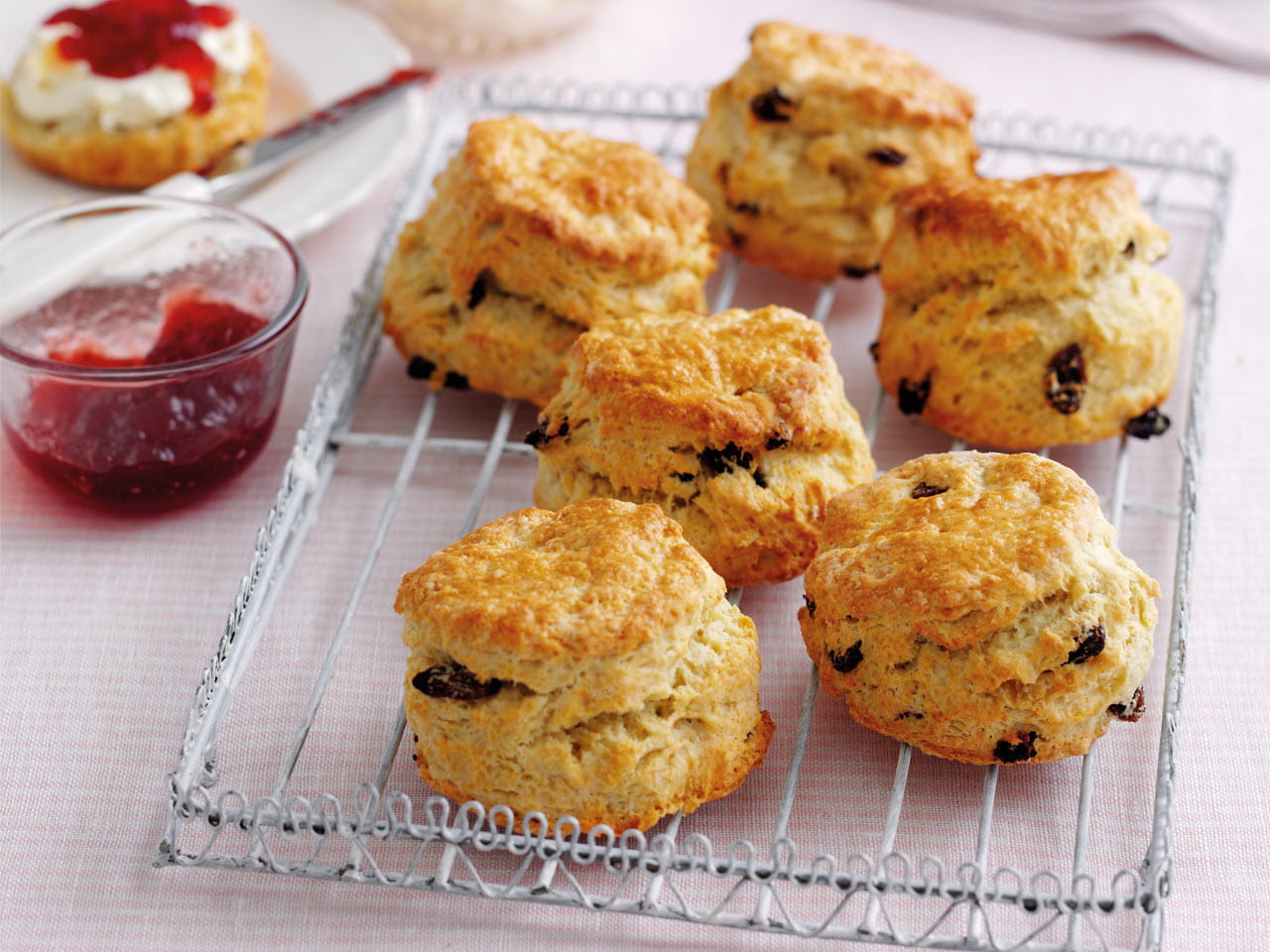
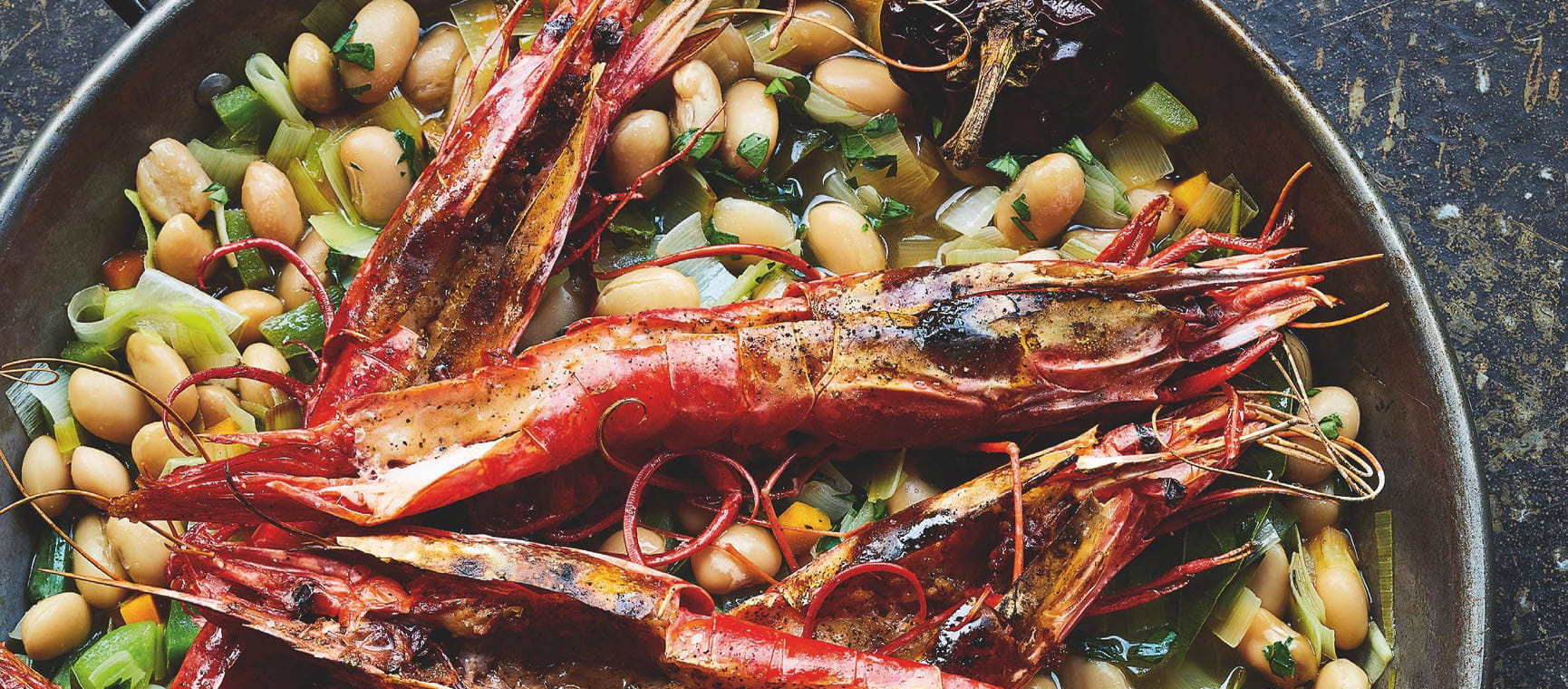
Celebrity chef James Martin shares his recipes for Valencian Beans and Prawns and Creme Caramel with Spiced Seville Oranges.
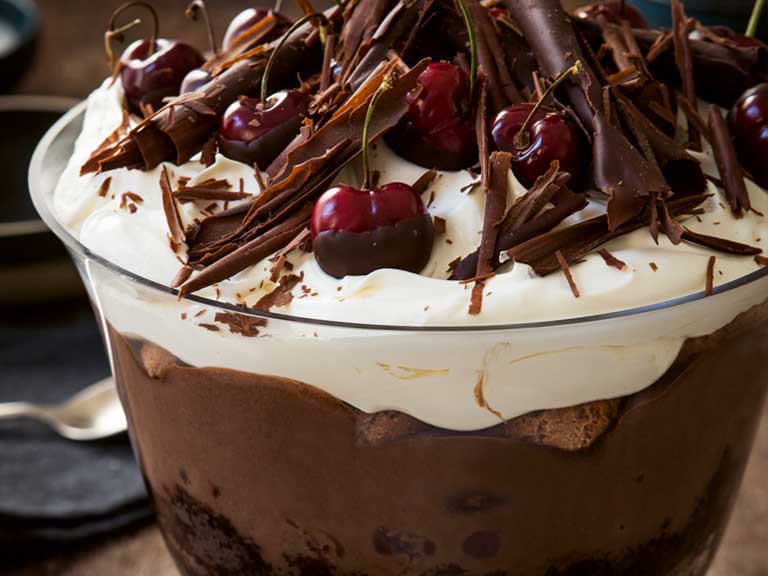

As summer approaches, our expert says it’s time to reappraise rosé and seek out more robust styles.

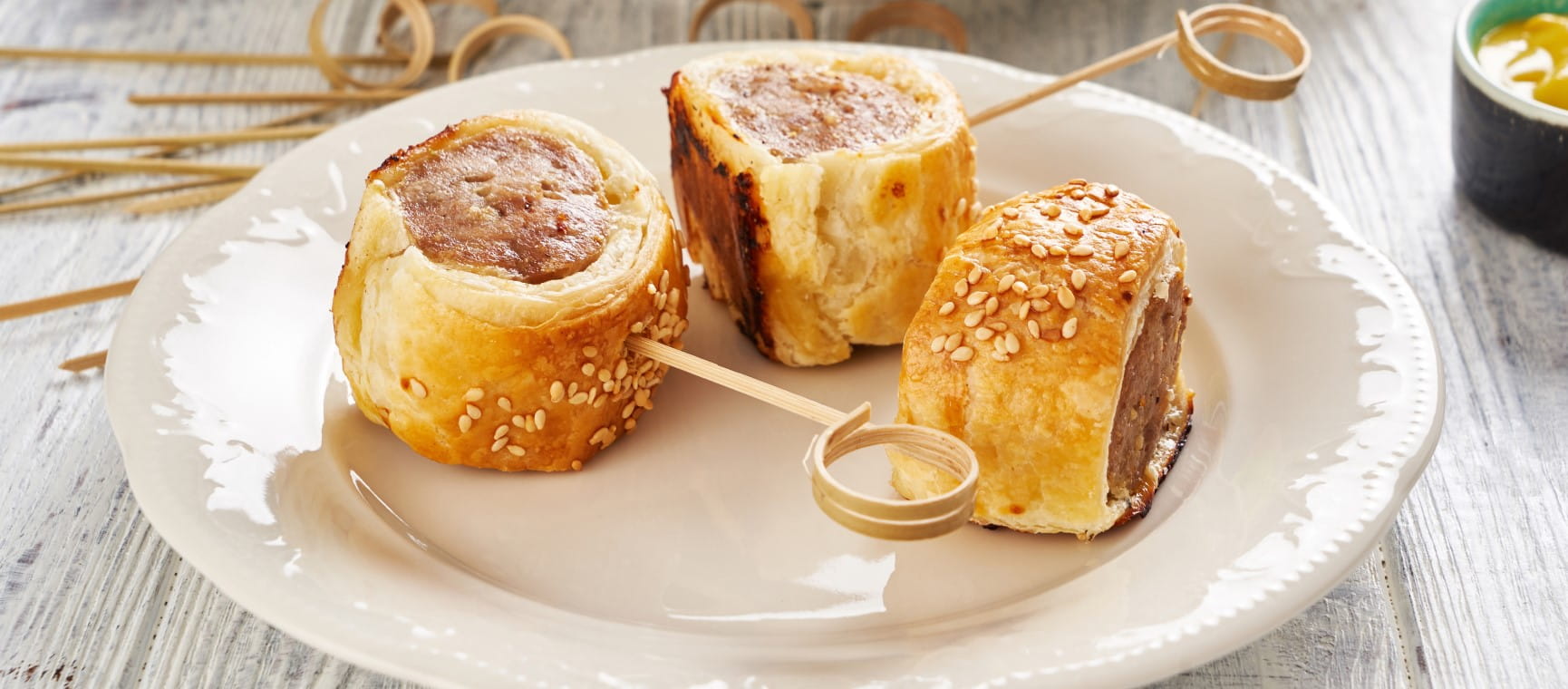
From parties to picnics, mini sausage rolls are the perfect snack. But which ones are our experts’ favourites?

Both sit nicely atop your kitchen counter, but is one better than the other?
